sony camera for video recording
The best 4K camera for video in 2021, for both photographers and videographers
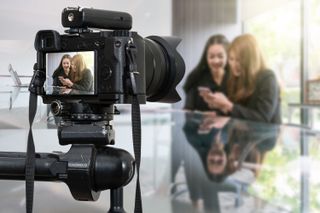
Before you invest in the best 4K camera for video, you'll need to think about what type of content you want to shoot. Whether you're looking for a camera that shoots high-quality stills and 4K video or you're a filmmaker looking for a video focussed camera, our list includes the best of both worlds. If you're looking for a camera perfect for vlogging, check out our guide on the best vlogging cameras .
We've updated this buying guide to include two important new cameras. The Panasonic GH5 II is an update to Panasonic's top-selling GH5, with numerous important and worthwhile improvements – though we suspect the Panasonic GH6, due late in 2021, will quickly steal the limelight.
And then there's also the remarkable Sigma fp L with its combination of 61MP stills resolution and powerful cine features too – and a simple switch on the top swaps from one operational mode to the other. It's far from perfect, but the Sigma fp L is a very affordable, very compact and very likable alternative to mainstream mirrorless cameras.
In this guide we concentrate on regular interchangeable lens cameras with strong 4K video capture. These are ideal for photographers moving into video, or for filmmakers who don't want or need dedicated cinema cameras, and all the expense and technical complexity that goes into them.
The world of video is now incredibly diverse, of course. If you think this guide doesn't quite describe you, then maybe you might want to take a look at these:
• Best cinema cameras : for professional filmmakers and studios
• Best vlogging cameras : for independent content creators
• Best camera for film students : powerful and affordable cameras to start with
• Best DSLR for video: traditional interchangeable lens cameras for video & stills
• Best action cameras : for filming adventures and action
• Best 360 cameras : for cutting edge filming and VR techniques
• Best drones : for aerial photography specialists
This guide concentrates on the rapidly growing list of hybrid stills/video cameras that can handle all types of content creation. This is where all the action is happening at the moment, as mirrorless cameras move upmarket and start to eat into the territory of professional cinema cameras – but at a fraction of the price.
Regular mirrorless cameras are starting to mount a serious challenge to professional cinema cameras, led by the powerful Panasonic S1H (which also has the rather remarkable little Lumix S5 nipping at its heels). Much of the talk right now is around 8K cameras like the Canon EOS R5 and the Sony A1, but while 8K sounds spectacular on paper, it's way beyond the needs of most vloggers, content creators, commercial photographers and filmmakers. For most real world use, a camera that shoots 4K really well is more important than one that can shoot at a resolution no-one can currently edit or share effectively.
For this, there is the incredibly well sorted Sony A7S III. This is the opposite of the Canon in terms of specs. Its resolution is capped at 4K, and it can only shoot 12MP stills, but Sony has produced what many consider the best 4K mirrorless video camera on the market.
•Don't know bitrates from framerates?: Video jargon explained
The best 4K cameras for video in 2021
Stills and video
In this section we list the best 'hybrid' cameras – fully functional stills cameras that can also capture 4K video at a professional level. These are cameras that are split 50:50 between stills and video (all right, some may be 60:40!) for photographers, videographers and content creators who need to capture both.
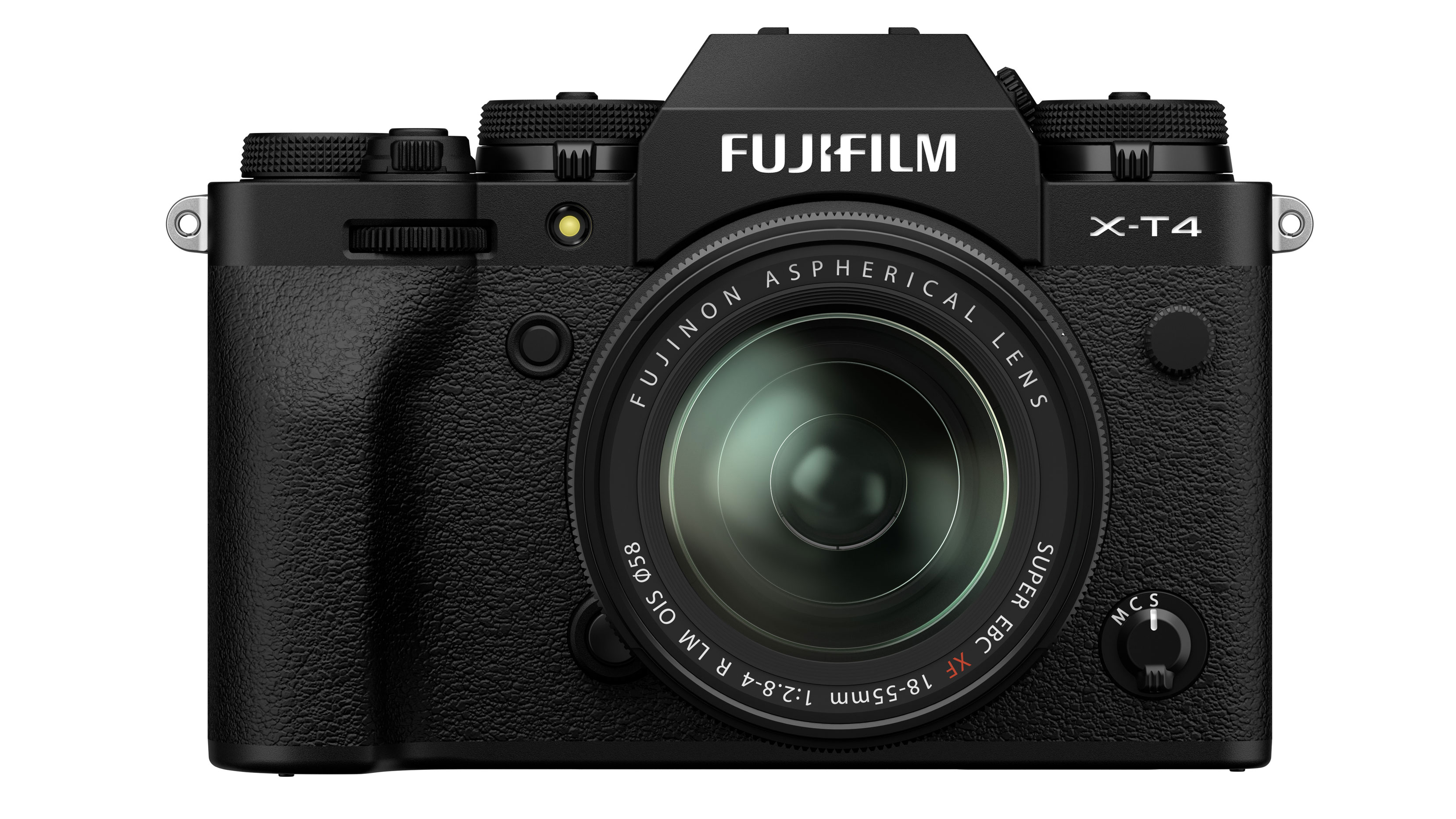
More affordable than full frame for 4K video, and at least as powerful
Specifications
Type: Mirrorless
Sensor: APS-C
Megapixels: 26.1MP
Lens mount: Fujifilm X
Screen: 3in articulating touchscreen, 1,620k dots
Viewfinder: EVF, 3.69 million dots
Max continuous shooting speed: 30/15fps
Max video resolution: 4K
User level: Expert/professional
Reasons to buy
+6.5-stop in-body stabilisation +4K video at up to 60/50p +High-speed shooting
Reasons to avoid
-New and expensive -Autofocus can be twitchy
As far as APS-C sensor cameras go, the Fujifilm X-T4 is up there with the best. It offers advanced video capabilities such as 4K at up to 60P which will give you a smooth, 2x slow-motion effect. It can also capture 10-bit video internally whereas most 4K cameras only capture 8 bit. If you connect it to an external monitor, the Fujifilm X-T4 is also capable of saving video at 10-bit 4:2:2 which means it can detect way more replicate colors more accurately than when shooting at 4:2:0. The Fujifilm X-T4 is the first camera in Fujifilm's X series to benefit from in-body stabilization which not only reduces or eliminates the need for a gimbal, it means you can shoot at a much slower shutter speed when in low light environments. Its fully articulated screen makes it perfect for shooting from the hip or shooting overhead and when you're not using it, it can be flipped in on itself so that the screen is protected. Even though the X-T4 uses a phase-detect auto focus system, it has been known to 'hunt' occasionally but we still think this is a great value, all-rounder camera.
• Best video editing sofware for vloggers and filmmakers
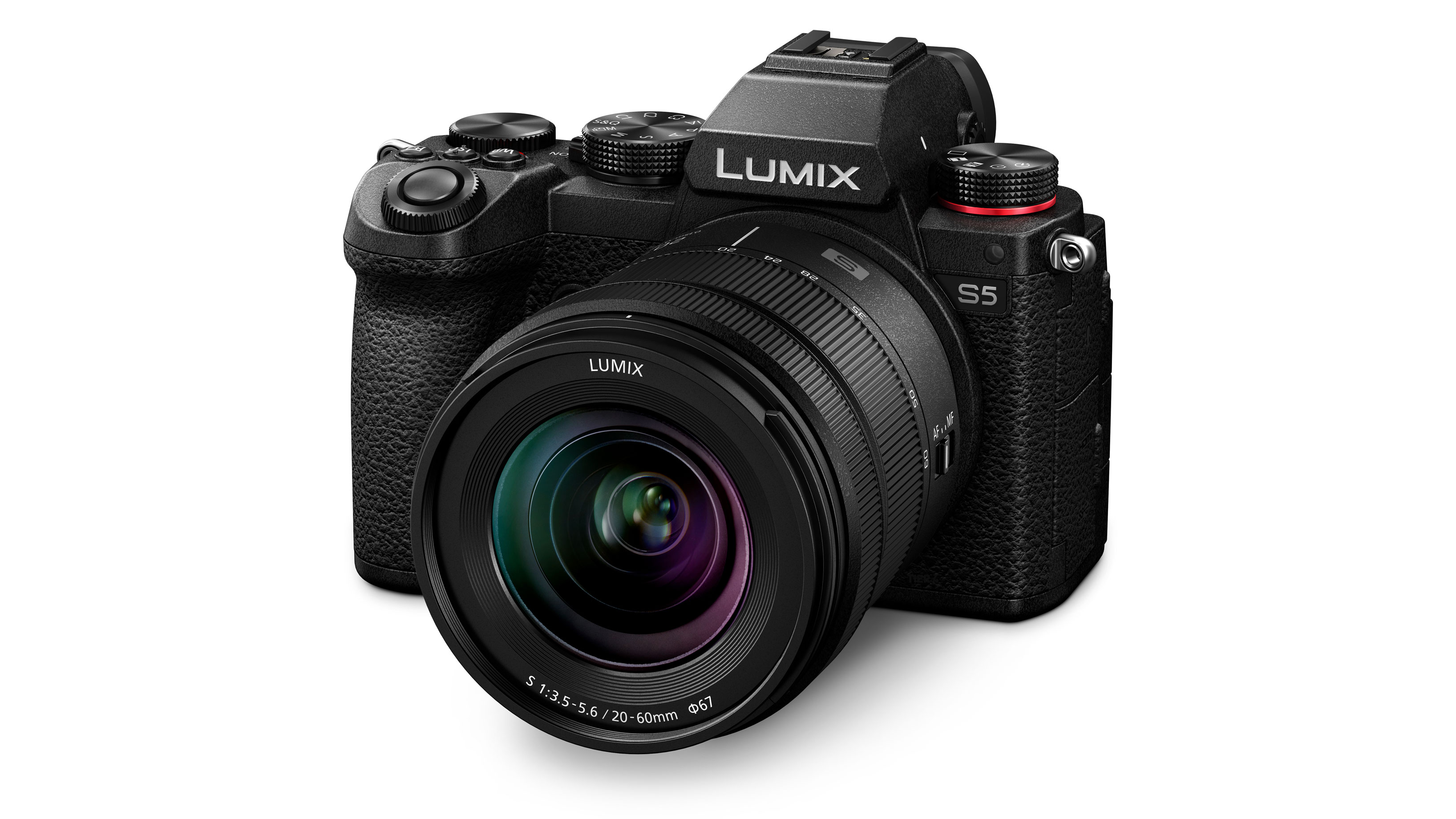
Serious 4K video power in an affordable full frame camera
Specifications
Type: Mirrorless
Sensor: Full frame
Sensor resolution: 24.2MP
Lens mount: L-mount
4K frame rates: 60, 50, 30, 25, 24p
4K sensor crop factor: 1x
Standard ISO range: Dual Native ISO, 100-51,200
Memory cards: 2x SD/SDHC/SDXC (1 UHS II, 1UHS I)
Reasons to buy
+Best in-class video performance +Compact full-frame quality +Magnesium frame and vari-angle screen +Dual SD card slots
Reasons to avoid
-Only Contrast AF
As far as stills and video cameras go, the Lumix S5 might just be the best camera you can get for your money. It has a more compact build than the Panasonic S1 but featured the same 24MP CMOS sensor. It benefits from improved autofocus, a tough weather-resistant body and offers 6.5 stops of image stabilization with compatible lenses. It can record 4k video at 60p, 4:2:0 10-bit internally with an APS-C crop or 4K video at 30p, 4:2:2, 10-bit internally using the whole sensor for up to 30 minutes. For stills photographers, it offers a high-resolution shooting mode that combines 8 shots into a 96MP image resulting in raw files that are 165Mb in size. The Lumic S1 and the Lumix S1H might've been Panasonic's first leap into full-frame mirrorless cameras but we think the Lumix S5 is much more exciting - especially for the price. The one downside is that it uses contrast-detect AF rather than phase-detect AF which is what the Sony A7 III and Canon EOS R6 use but there are lots of features that make it a great choice for shooting 4K video.
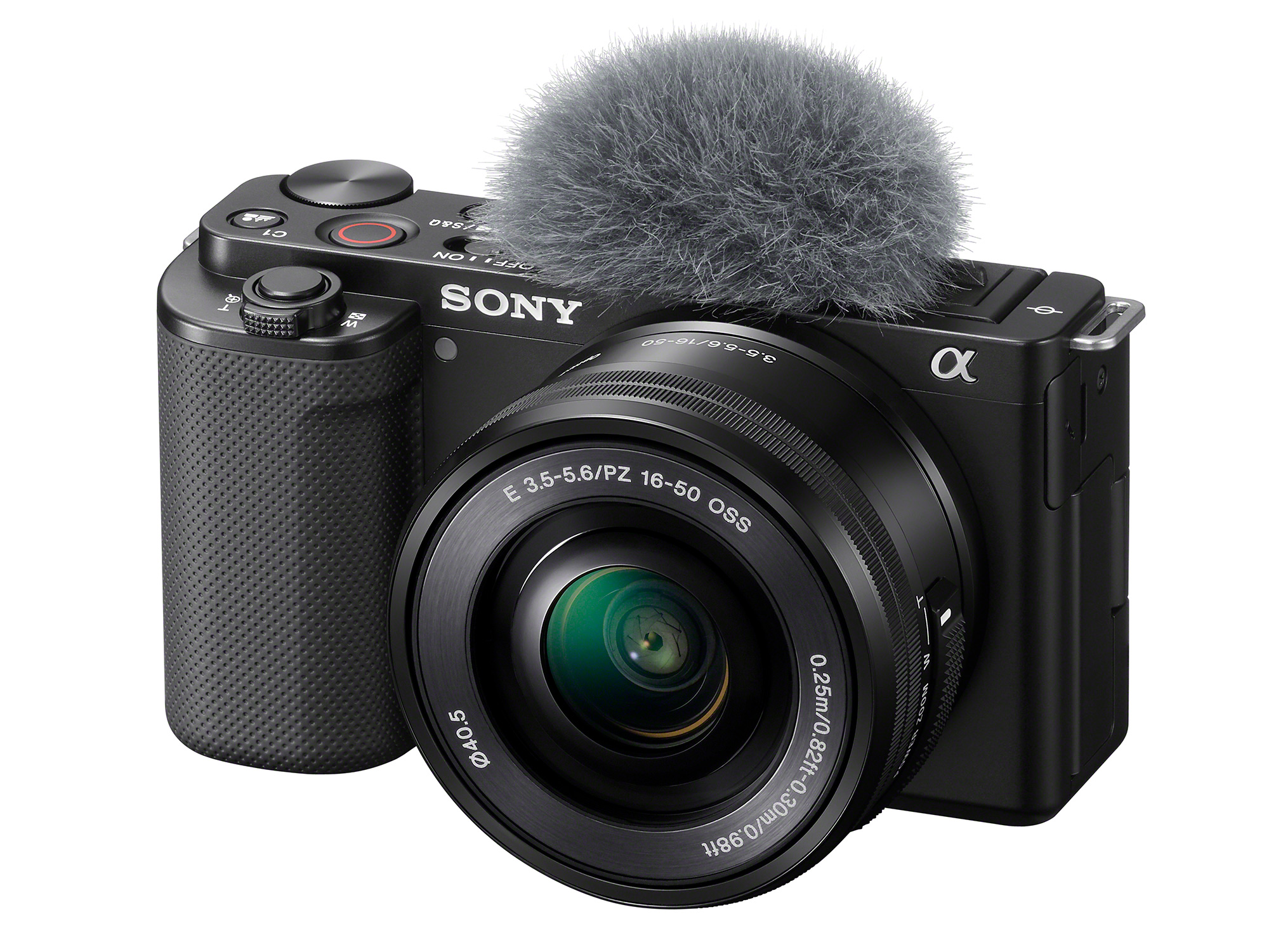
This might just be Sony's best APS-C camera yet and it's the cheapest
Specifications
Type: Mirrorless
Sensor: APS-C CMOS
Megapixels: 24.2MP
Lens mount: Sony E
Screen: 7.5cm TFT screen
Weight : 346g
Max continuous shooting speed: 11fps
Max video resolution: 4K
Reasons to buy
+Compact size +Fully articulated screen +Affordable
Reasons to avoid
-No viewfinder -No in-body stabilization -No mode dial
The Sony ZV-E10 is Sony's latest APS-C camera release, offering 4K video, a 24.2MP sensor and 11fps in continuous burst mode. It's more compact than the A6000 range and unlike the Sony ZV-1, it has an interchangeable lens mount with more than 60 lenses to choose from. It's the first Sony APS-C camera with a fully adjustable variety-angle screen which is a big advantage for filmmakers. It features a 3-capsule direction mic on top of the camera, which you can attach a clip-on wind muffler to ut also has an external mic port. If you're a stills photographer the lack of a viewfinder might be a drawback but for anyone who wants to primarily vlog or shoot video, it shouldn't be an issue.
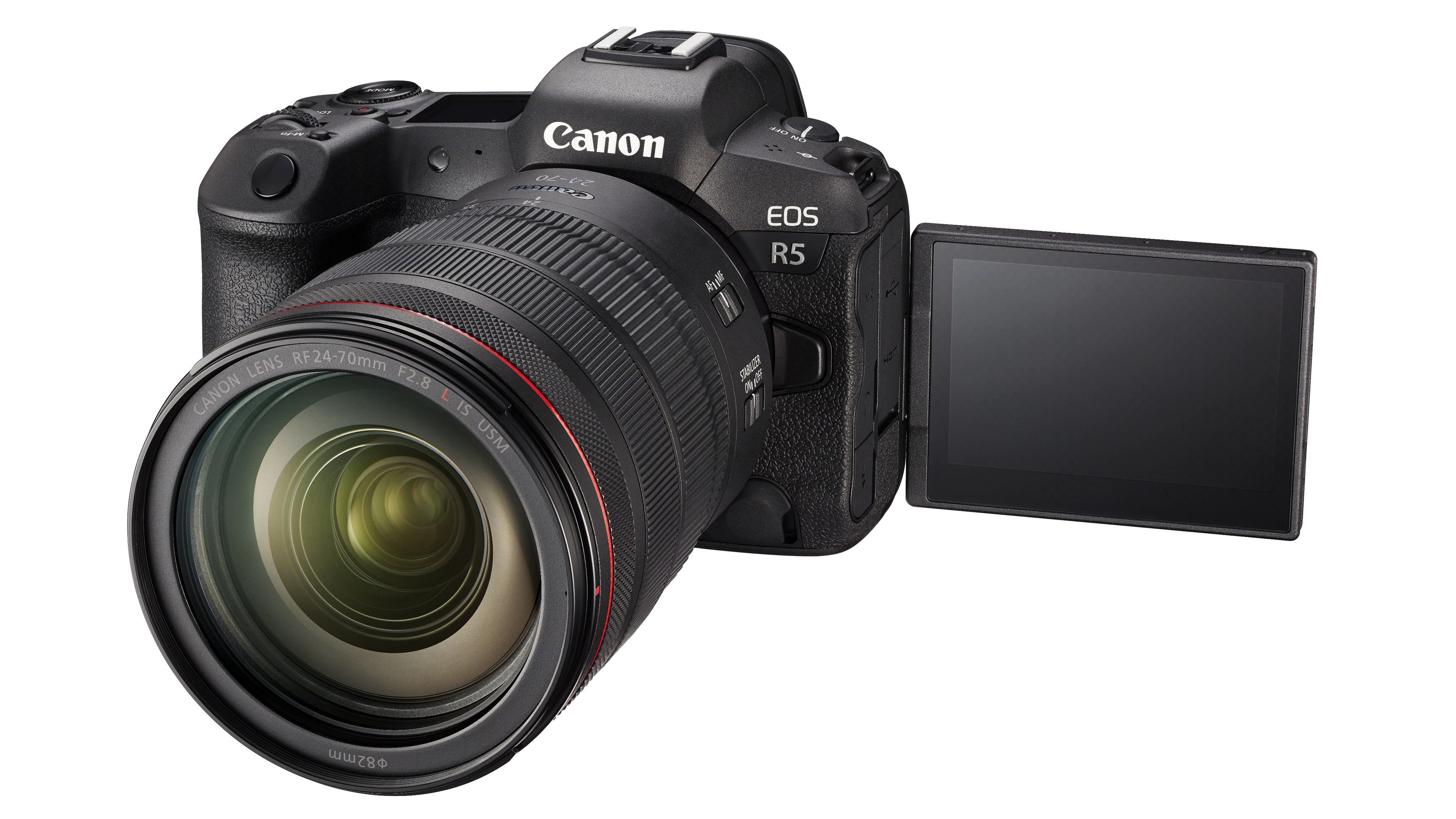
With improved 8K recording times, the EOS R5 looks even better
Specifications
Type: Mirrorless
Sensor: Full frame
Megapixels: 45
Lens mount: Canon RF
Monitor: 3.15-inch vari-angle touchscreen, 2,100k dots
Viewfinder: OLED EVF, 5,690k dots, 100% coverage, 0.76x magnification
Max continuous shooting speed: 12fps mechanical shutter, 20fps electronic
Max video resolution: 8K
User level: Professional
Reasons to buy
+Best AF on the market +Best full-frame IBIS +8K video is astounding
Reasons to avoid
-Video recording limitations -Standard 4K is just okay
When Canon released the Canon EOS R5, it paved the way for the future of mirrorless cameras. With a 45MP sensor, 20fps burst shooting and super-fast autofocus, as far as a stills camera goes it's hard to beat. Then we get to its video capabilities which again are pretty impressive. Despite the bad rep it has received for overheating when recording 8K video the Canon EOS R5 is still a landmark camera. Canon has since released firmware updates that help with the overheating issue but haven't solved it completely. It's also worth noting that the camera will only overheat when recording continuously for more than 20 - 25 minutes. If you're recording lots of short clips you shouldn't experience overheating issues. If it wasn't for the high price point, the Canon EOS R5 would've taken the top spot on our list. When you also factor in how expensive some of the best Canon RF lenses you're looking at spending thousands to get a complete video set up.
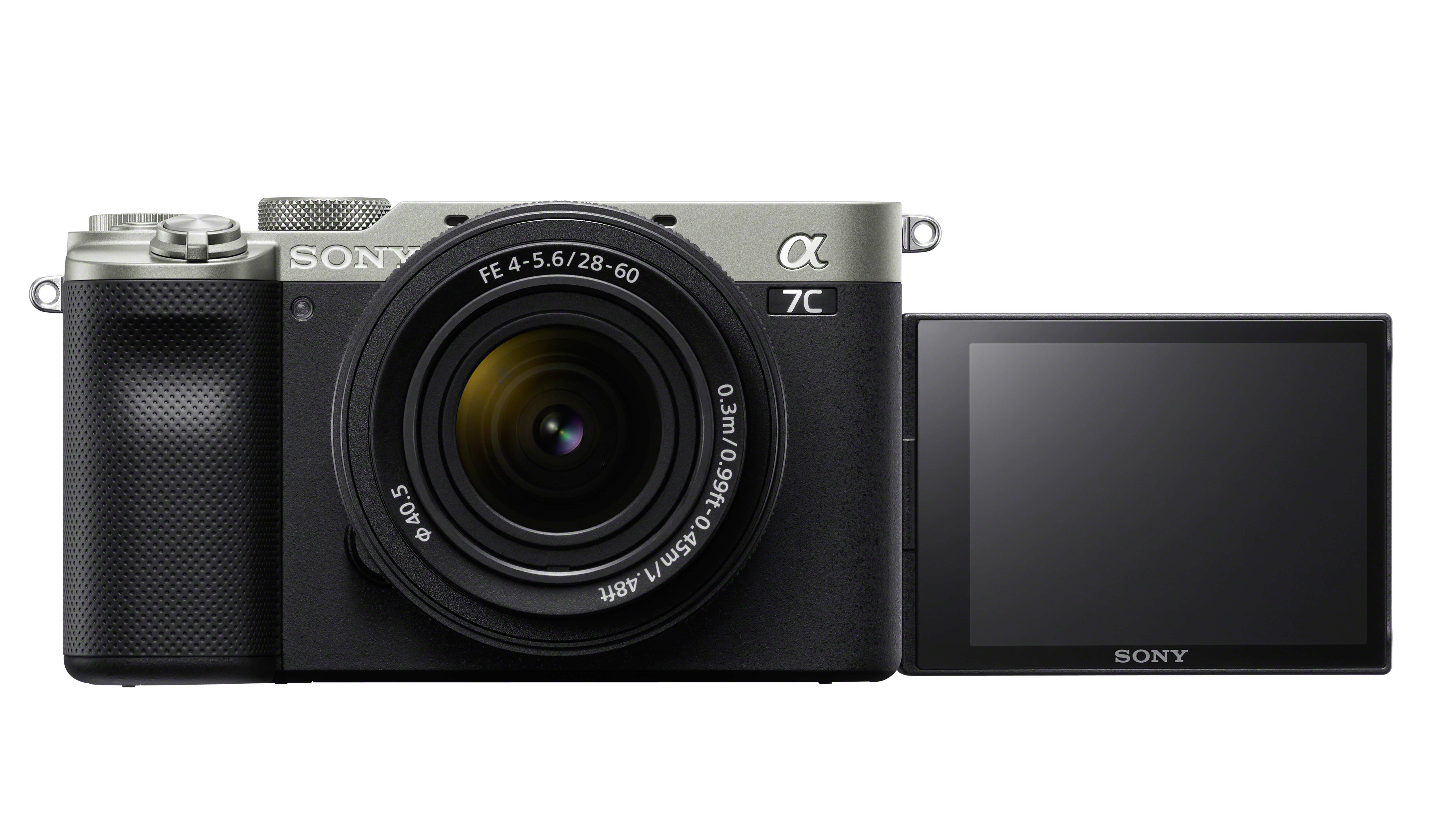
Not exactly adventurous, but a really competent 4K camera!
Specifications
Type: Mirrorless
Sensor: Full Frame
Megapixels: 24.2MP
Lens: Sony E mount
LCD: 3-inch vari-angle touchscreen, 921k dots
Viewfinder: EVF, 2,359k dots
Maximum continuous shooting speed: 10fps, 115 raw, 223 JPEG
Max video resolution: 4K 30p
User level: Enthusiast
Reasons to buy
+Small(ish) body +Excellent retracting lens +Side-hinged vari-angle screen
Reasons to avoid
-Unambitious video specs -Unappealing silver and black finish -Not especially cheap
The Sony A7C's specifications are unambitious to say the least, particularly in terms of its video capabilities, but its practical performance, from its handy vari-angle screen to its excellent AF system, make very effective. But why have we included this and not the mighty Sony A1? Because the A7C does the right job at the right price, where the A1 is overkill for most users. We will leave it to you to decide if the silver A7C's two-tone design is appealing, but for us it does not have the quality 'feel' of the other A7 models. With that new 28-60mm retracting lens, the A7C is also compact. The main thing for video shooters is the very useful vari-angle screen, the in-body stabilization and Sony's superb autofocus system.
Read more: Sony A7C review
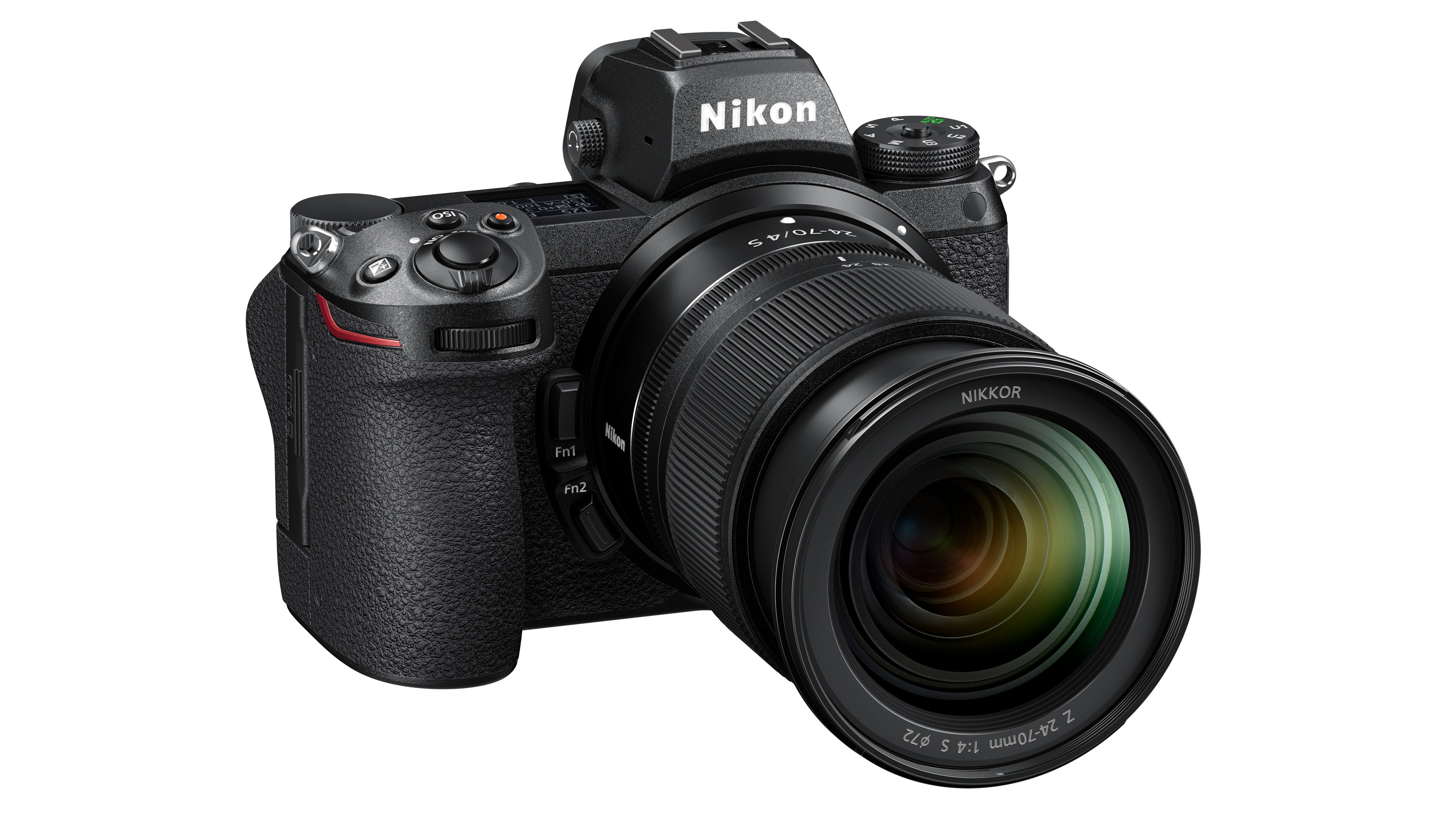
It's an evolutionary upgrade of the original Z6, but still worthwhile
Specifications
Type: Mirrorless
Sensor: Full frame CMOS
Megapixels: 24.5MP
Monitor: 3.2-inch tilting touchscreen, 2100k dots
Continuous shooting speed: 14fps
Viewfinder: EVF, 3,690k dots, 100% coverage
Max video resolution: 4K UHD at 30p (60p via update)
User level: Enthusiast/Professional
Reasons to buy
+Two memory card slots +Improved burst shooting +Superior AF performance
Reasons to avoid
-No articulating screen -4K 60p will be cropped
The Nikon Z6 II is a light refresh of the original Z6, with a second memory card and processor bringing a bump to burst shooting, now up to 14fps, and the promise of 4K 60p video via an update. However, 60p video is cropped and the camera still lacks an articulating screen, limiting its appeal for video and vlogging. Existing Z6 owners won't see a need to upgrade, but new buyers will get a very capable camera at a pretty good price. The dual card slots are a definite plus point, Nikon's in-body stabilization is very good, and the best Nikon Z lenses are some of the best on the market right now.
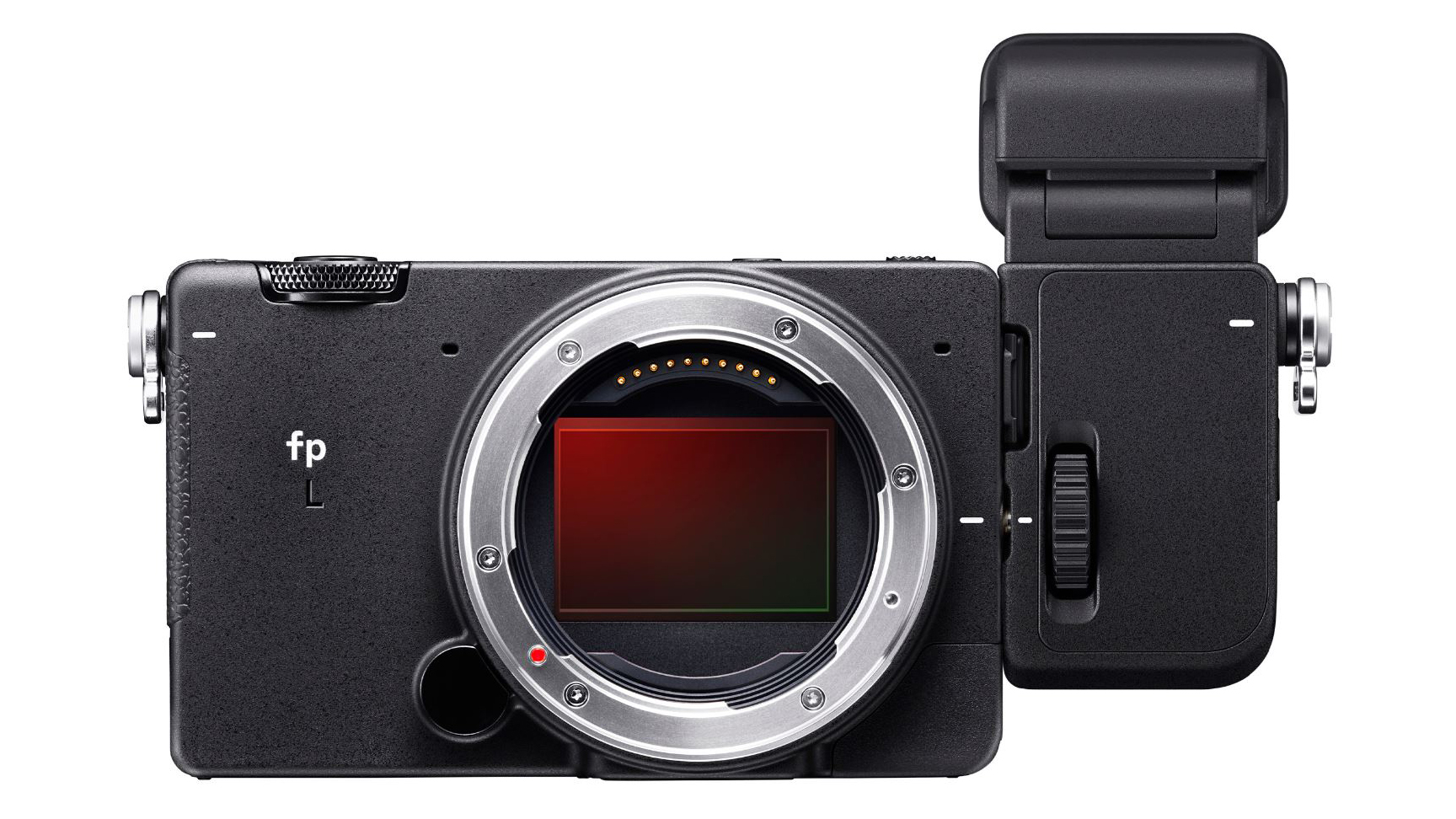
A 61MP stills camera that makes a great 4K cine camera too!
Specifications
Type: Mirrorless
Sensor: full frame
Sensor resolution: 61MP
Lens mount: L-mount
4K frame rates: 30, 24p
4K sensor crop factor: 1x
Standard ISO range: 100-25,600, exp 6-102,400
Memory cards: 1x SD/SDHC/SDXC, UHS-II compatible
Reasons to buy
+Small size and weight +Industrial, functional design +Incredible 61MP stills
Reasons to avoid
-Just one SD card slot -Awkward with bigger lenses -Poor continuous AF
Previously we included the original 24MP Sigma fp in this buying guide in the 'Video first' section, but the Sigma fp L has moved the goalposts. It's not a lot more expensive than the fp but comes with a 61MP sensor and yet sacrifices very little in video capabilities The Sigma fp L's tiny body does bring some handling issues and places a lot of reliance on external accessories – not least its optional clip-on EVF – and while the new phase-detect AF system is great for stills, the video AF remains slow and unreliable. But what this camera can do, with both stills and video, is remarkable at this price. This is a proper little cine camera – and how many of those can also shoot stills at the highest resolution of any full frame camera on the market alongside the Sony A7R IV?
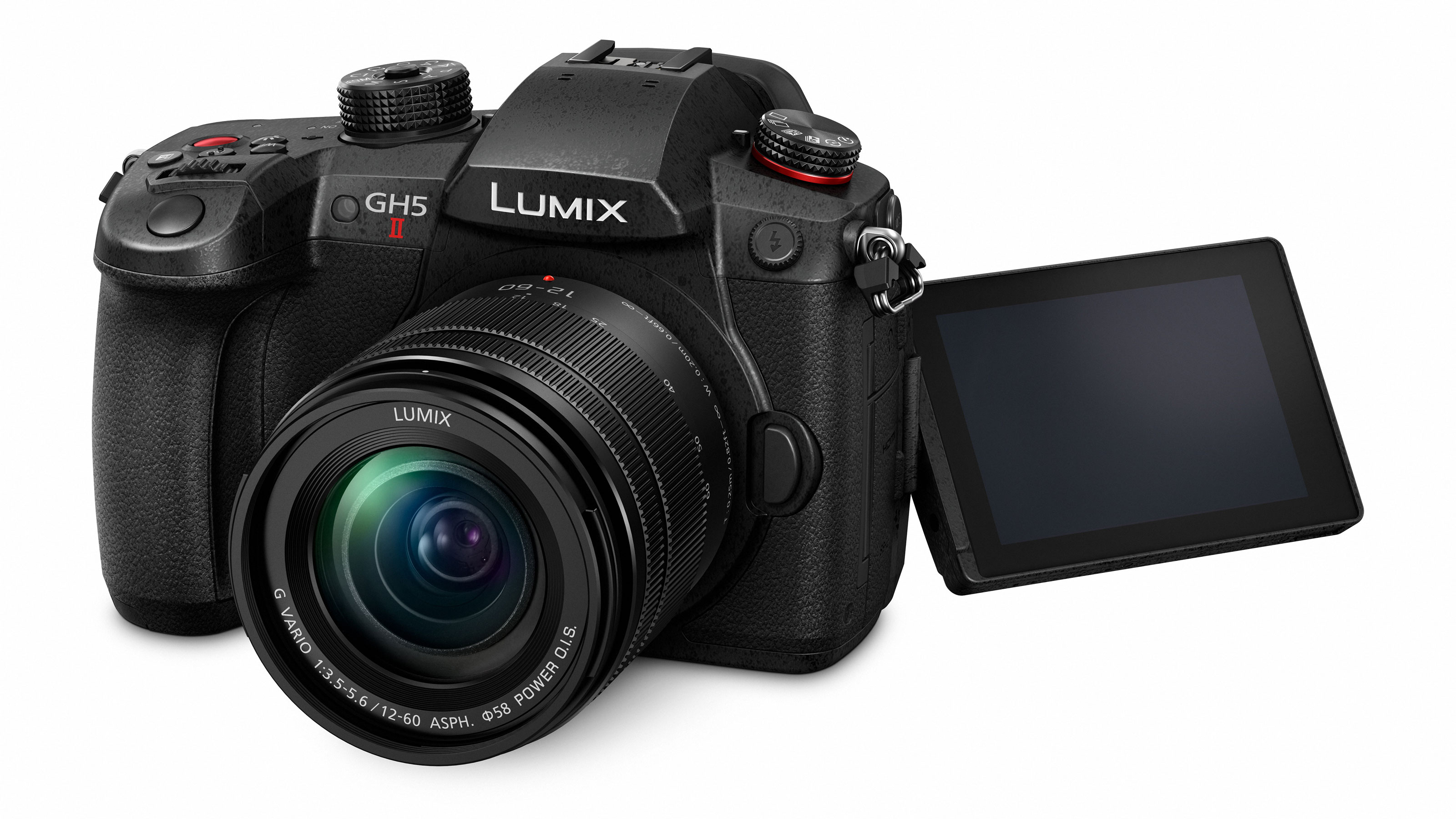
This refresh of the classic GH5 brings it right up to date
Specifications
Type: CSC
Sensor: Four Thirds
Megapixels: 20.3MP
Screen: 3.0-inch vari-angle touchscreen, 1.84m dots
Viewfinder: Electronic, 3,680k
Lens: Micro Four Thirds
Continuous shooting speed: 12fps (6k 30fps, 4k 60fps)
Max video resolution: 4k
User level: Professional
Reasons to buy
+6.5-stop image stabilization +Powerful 4K video capture +Fast continuous drive rates
Reasons to avoid
-MFT sensor smaller than APS-C rivals -As big as an APS-C DLR!
Many will be disappointed that the GH5 II is not a bigger leap forward from the GH5. In reality, it's probably not meant to be an upgrade, but a 'refresh' that keeps the GH5 concept fresh and competitive for new buyers. And it certainly does that. This is big and chunky camera, but none the worse for that, and it doesn't feel unbalanced even with premium zoom lenses like the Leica 12-60mm. Its still image and video specifications don't break any boundaries these days, but it's the way they are combined in a single camera that's impressive. According to the specs, what the GH5 II does is unremarkable, save for some more advanced video modes. In practice, its combination of still image quality, video quality, stabilization, burst mode, wireless streaming capability and all-round handling mark it out as a camera that is so much more than just the sum of its parts.
Video first
This section contains cameras that are designed for video first and stills second (or, in the case of the EOS C70, video only). The Sony A7S III is a classic example; a stellar 4K camera that can also capture 12MP stills. The Lumix S1H is another; a big, heavy beast that does have a 24MP sensor but leans so far towards video that the stills capability is more of a bonus. The Canon EOS C70 looks like a mirrorless camera, but it's really a cinema camera. We include it as an example of one of the best cinema cameras for handheld video, vlogging and one-person filming.
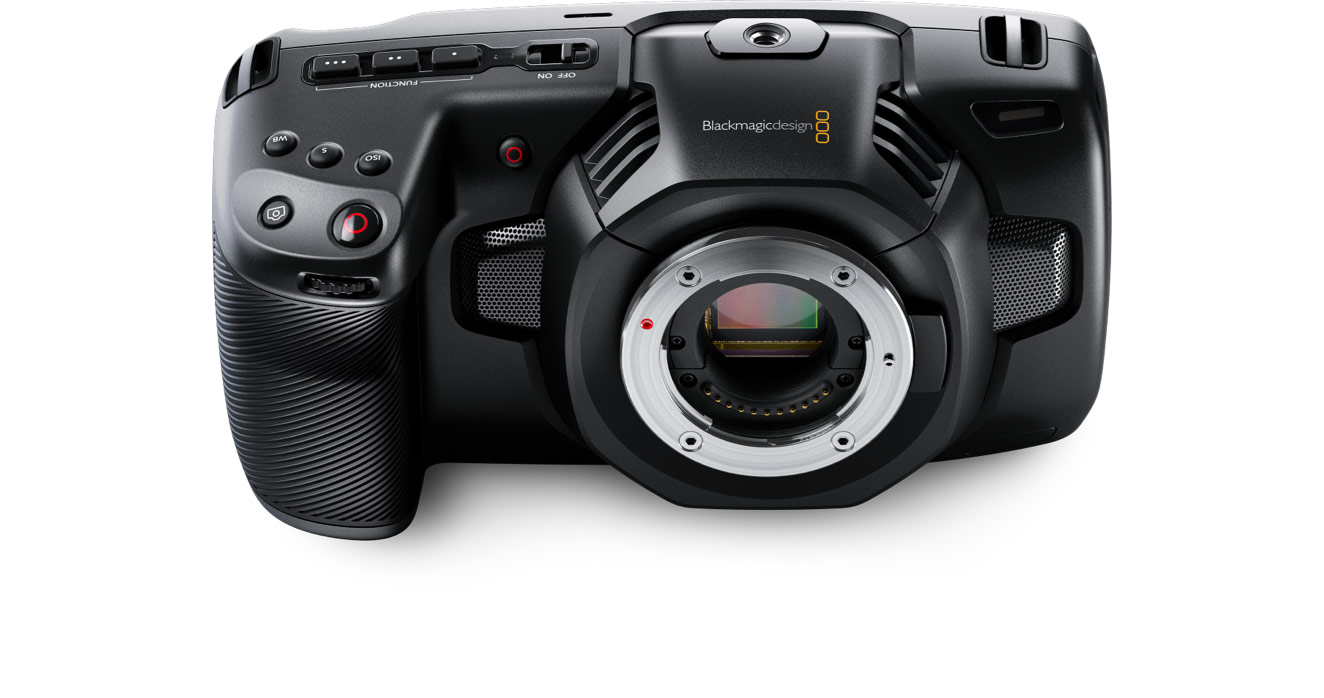
A small but mighty camera capable of recording in Pro-Res and RAW
Specifications
Sensor: Micro Four Thirds
Dynamic Range: 13 Stops
Lens Mount: Micro Four Thirds
Monitor: 5-inch LCD touchscreen
Max video resolution: 4K
Standard ISO range : Dual native ISO 400 and 3200
Reasons to buy
+Excellent range of ports +5-inch LCD screen +Shoots RAW video +Micro Four Thirds lens mount
Reasons to avoid
-No flip-out screen -No built in ND filter -No Continuos AF
If you are looking for a camera strictly for shooting video and you want a cine camera that doesn't break the bank, the Blackmagic Pocket Cinema 4K is a worthy option. Despite being launched in 2018, it is still a popular choice among filmmakers looking for a budget camera that can offer Pro-Res and Raw recording. It includes a Micro Four Thirds lens mount so there's a huge range of fantastic glass you can use from Olympus to Panasonic to Zeiss and Sigma. It's capable of shooting 4k at 60p with no crop factor and and the sensor can capture up to 13 stops of dynamic range. It uses the popular Canon LP-E6 battery and although battery life is only quoted at 60 minutes, you can plug it in to mains power for continuous recording. It has one SDXC card slot and one CFast 2.0 slot which supports RAW 4K recording. The one downside to this camera is that it doesn't have a flip out screen but at 5-inches, it's bigger than any other 4K camera screen in this price range.
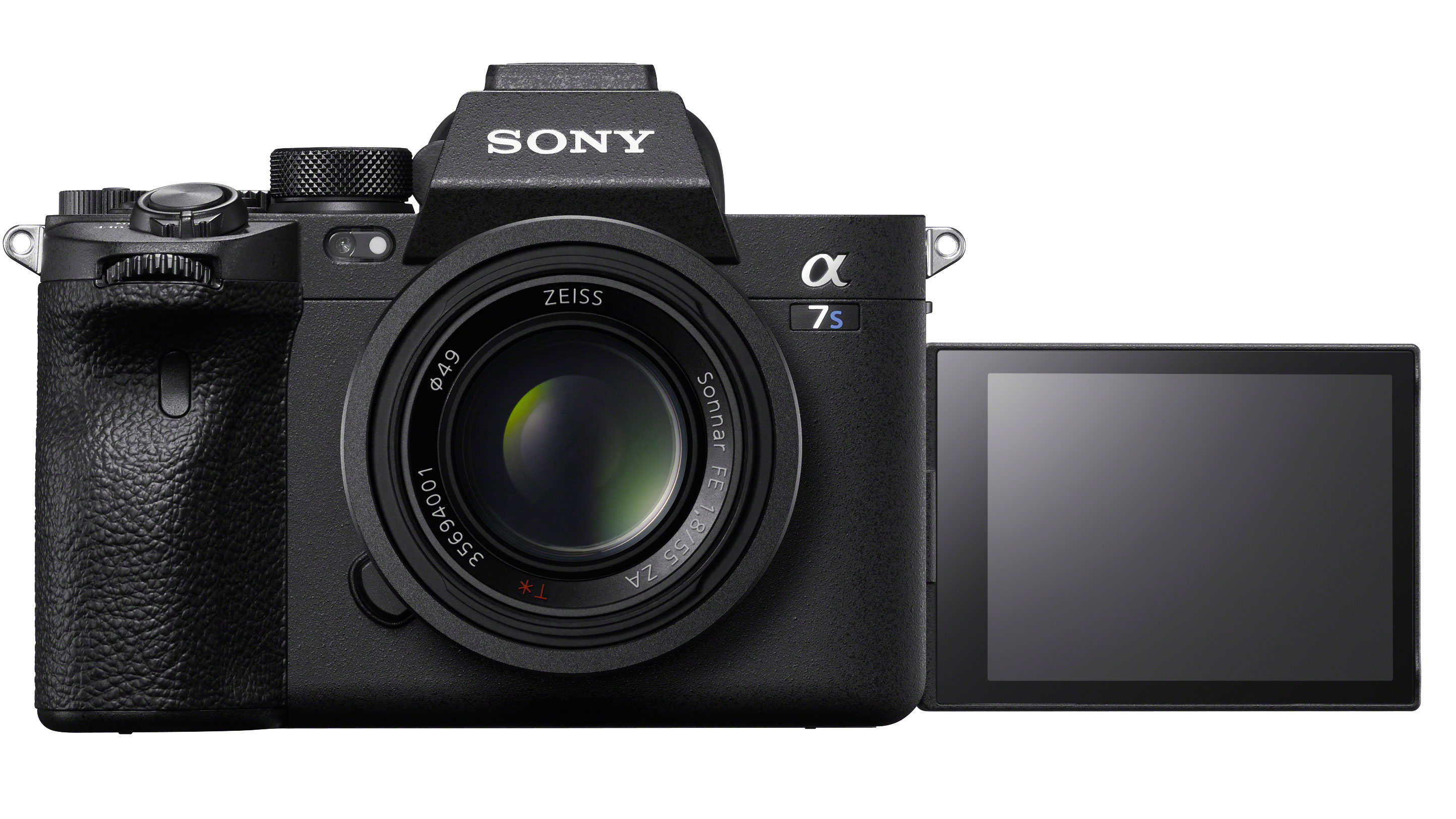
The 12MP stills may not be useful, but the 4K video specs are great
Specifications
Type: Mirrorless
Sensor: Full frame
Megapixels: 12.1
Lens mount: Sony FE
Monitor: 3-inch vari-angle touchscreen, Fully articulating 3-inch touchscreen 1,440K dots
Viewfinder: OLED EVF, 9,437K dots
Max continuous shooting speed: 10fps
Max video resolution: 4K
User level: Professional
Reasons to buy
+Incredible low light performance +Stunning AF, even for video
Reasons to avoid
-No 6K or 8K video -Still images only 12MP
It took Sony five years to upgrade the video-centric A7S II to a Mark III, but the wait has been worth it for keen enthusiast and professional moviemakers. It might not boast 6K or 8K video resolution of some of its rivals, and with only 12.1MP it's not a powerhouse super-stills machine either. But apart from a big and expensive cinema camera, it's the only camera that can shoot 4K at 60p full frame with no crop, recorded internally, in 10-bit 4:2:2 with no limitations on recording time and with all the advanced AF functions still working. The 12MP resolution means the A7S III is pretty poor as a stills camera, but an absolute natural at 4K, so it is tilted more towards video than stills. However, sports fans should note it can shoot stills at 10fps and has an incredible 1,000-shot raw buffer (using new CFexpress Type A cards).
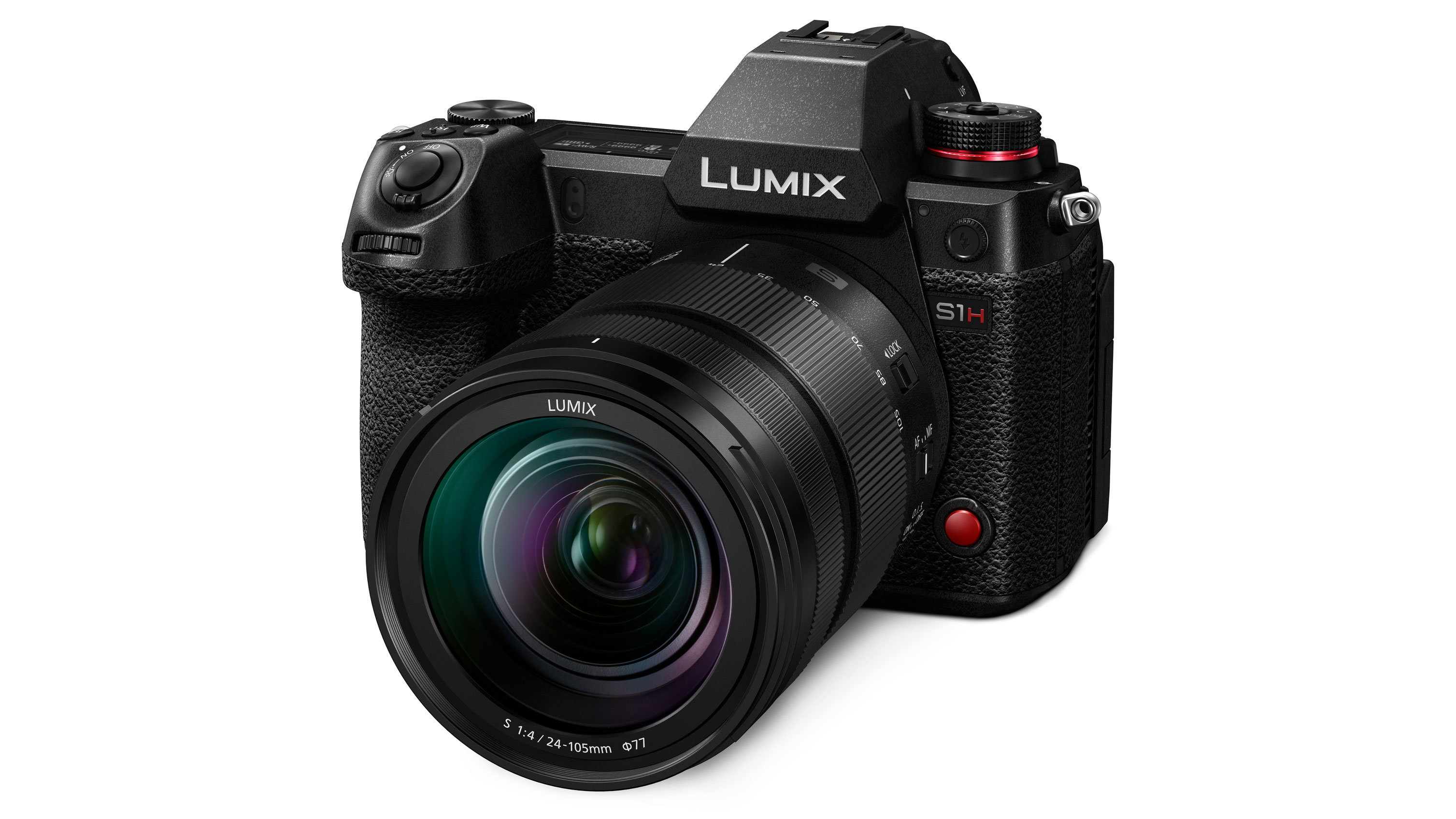
Panasonic's video-focused 6K cinema camera also shoots 24MP stills
Specifications
Type: Mirrorless
Sensor: Full frame
Sensor resolution: 24.2MP
Lens mount: L-mount
4K frame rates: 60, 50, 30, 25, 24p
4K sensor crop factor: 1x
Standard ISO range: Dual Native ISO, 100-51,200
Memory cards: 2x SD/SDHC/SDXC (UHS II)
Reasons to buy
+6K video capture +Effective as a stills camera too +V-Log, LUTs and cinema features
Reasons to avoid
-No raw video capture -Continuous AF not that reliable
With the Lumix S1H, Panasonic has used its considerable video experience to bring many of its high-end VariCam features to the Lumix S range. The controls, the interface and certainly the hardware have been build for video and cinematography, and the fact it's also a very serviceable 24MP stills camera is a bonus. It's a truly compelling 'bridge' between conventional system cameras and higher end cine gear, especially for existing Panasonic videographers. It's expensive, though, and specialized too, so not necessarily the first choice if you need to keep the cost down – though it does make the 'regular' S1 seem like second best now. Its official Netflix accreditation is a major plus point, but its continuous AF proved pretty patchy in our tests so that, combined with this camera's considerable size and weight, rules it out for vlogger style run-and-gun style videography. However, a recent upgrade to offer ProRes RAW output via HDMI to Atomos Ninja V devices adds to the credentials of the S1H as a cinema camera offering at a regular camera price point.
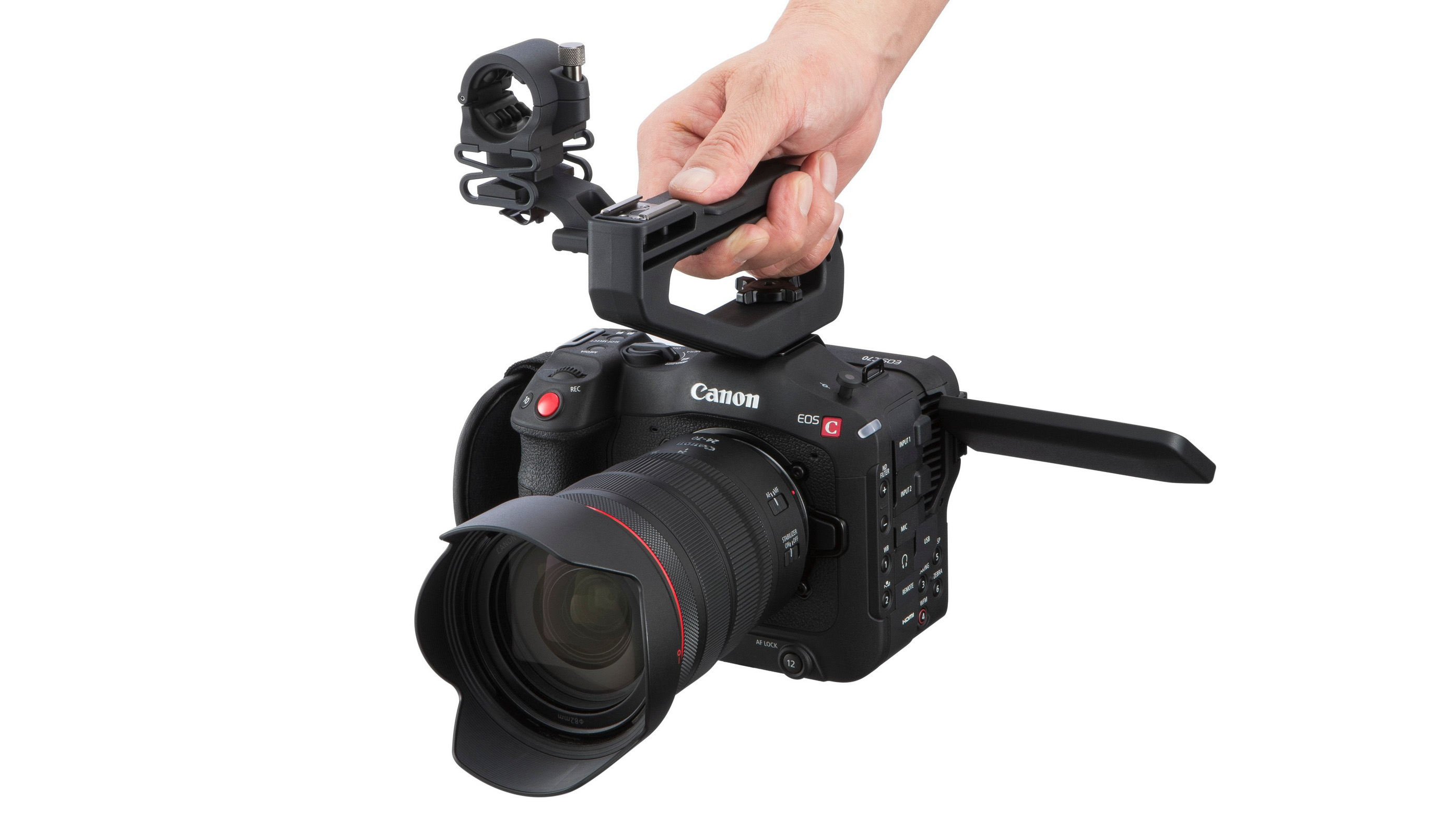
Canon's RF mount cinema camera uses the popular Super35 format
Specifications
Sensor size: 26.2 x 13.8 mm (Super35)
Sensor resolution: 4096 x 2160 (8.85 MP)
Card slots: SDXC x 2
Lens mount: RF
Max shooting resolution: 4K
Display size: 3.5-inch
EVF: No
Reasons to buy
+4K up to 120fps, 2K up to 180fps +Dual Gain with 16 stops dynamic range
Reasons to avoid
-No RAW output -Cannot use PL lenses
The Canon EOS C70 is Canon's first RF mount cinema camera offering powerful video capabilities. It features Canon's Super35 sensor, Dual Gain Output, a massive 16 stops of dynamic range and 4K 120fps / 2k 180fps. It also includes a game-changing touchscreen which makes accurately focusing quicker and easier. The C70 bosts the deep learning iTR AFX system from the Canon EOS-1D X Mark II which offers head detection and extremely accurate autofocus. If you don't want to invest in expensive RF lenses, you can use an adapter to mount EF lenses onto it. Canon's new speed booster will also enable you to use them with an extra f-stop and a full-frame angle of view. Where the C70 falls down is that it doesn't record RAW and you can't use PL glass on it - for that, you'll have to step up to the Canon C300 Mark III.
More buying guides
- The best free video editing software
- Best video editing software
- The best laptop for video editing
- The best monitors for video editing
- The best mouse for video editing
- The best cinema cameras
- The best memory cards for your camera
- The best video tripods
- The best microphones for vloggers and filmmakers
- The best LED light panels
- Best camera sliders
- The best gimbals for your camera
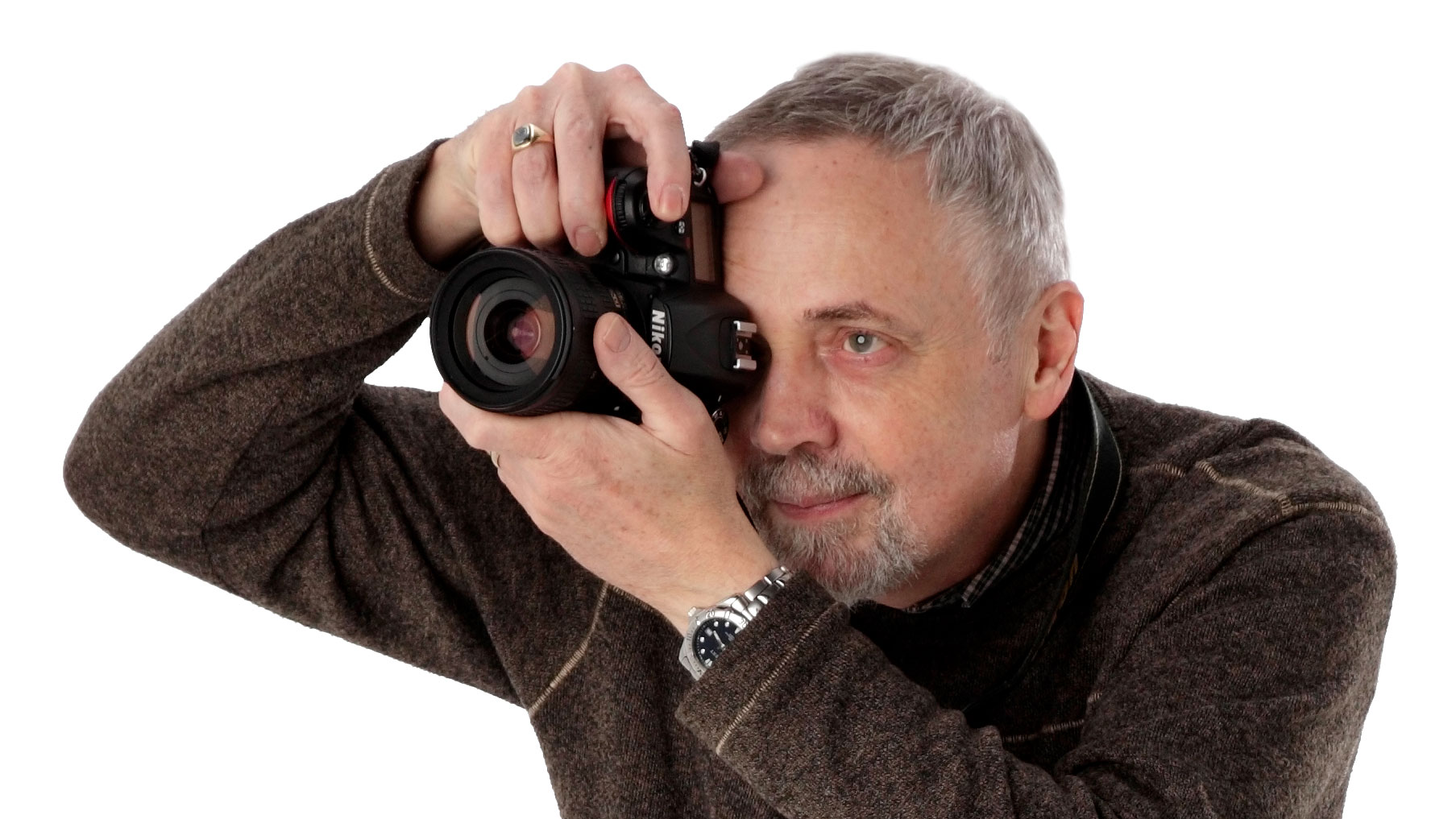
Rod is the Group Reviews editor for Digital Camera World and across Future's entire photography portfolio, with decades of experience with cameras of all kinds. Previously he has been technique editor on N-Photo, Head of Testing for the photography division and Camera Channel editor on TechRadar. He has been writing about photography technique, photo editing and digital cameras since they first appeared, and before that began his career writing about film photography. He has used and reviewed practically every interchangeable lens camera launched in the past 20 years, from entry-level DSLRs to medium format cameras, together with lenses, tripods, gimbals, light meters, camera bags and more.
Related articles
sony camera for video recording
Source: https://www.digitalcameraworld.com/buying-guides/the-best-4k-camera-for-filmmaking
Posted by: walkergeop1953.blogspot.com

0 Response to "sony camera for video recording"
Post a Comment